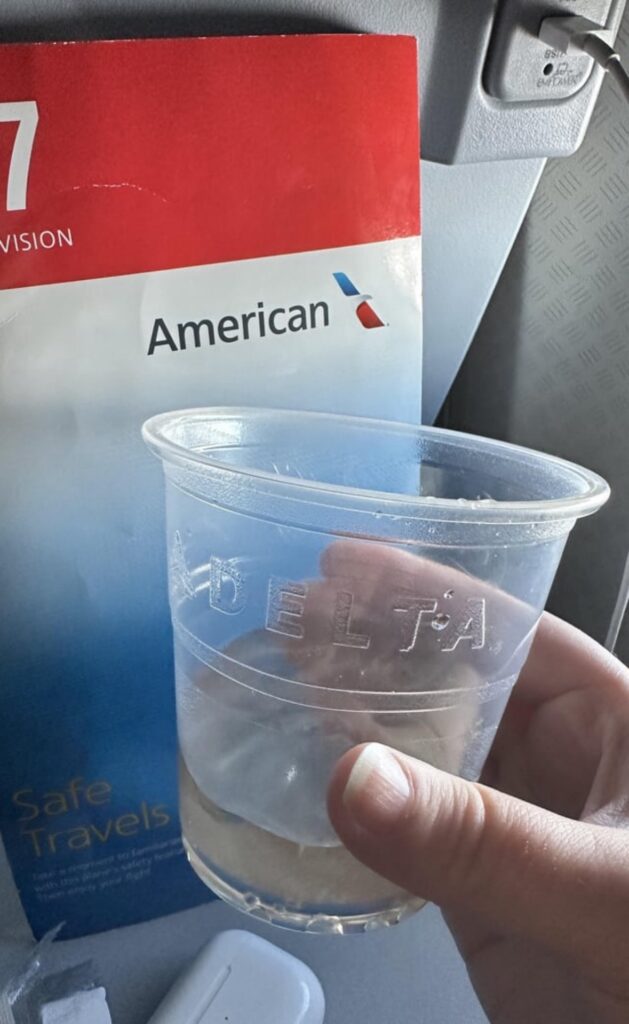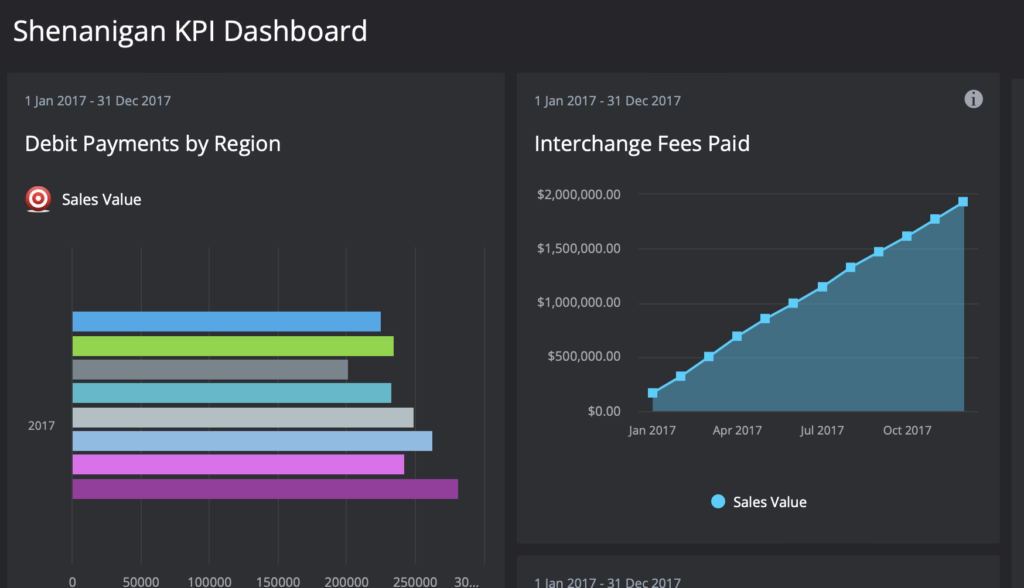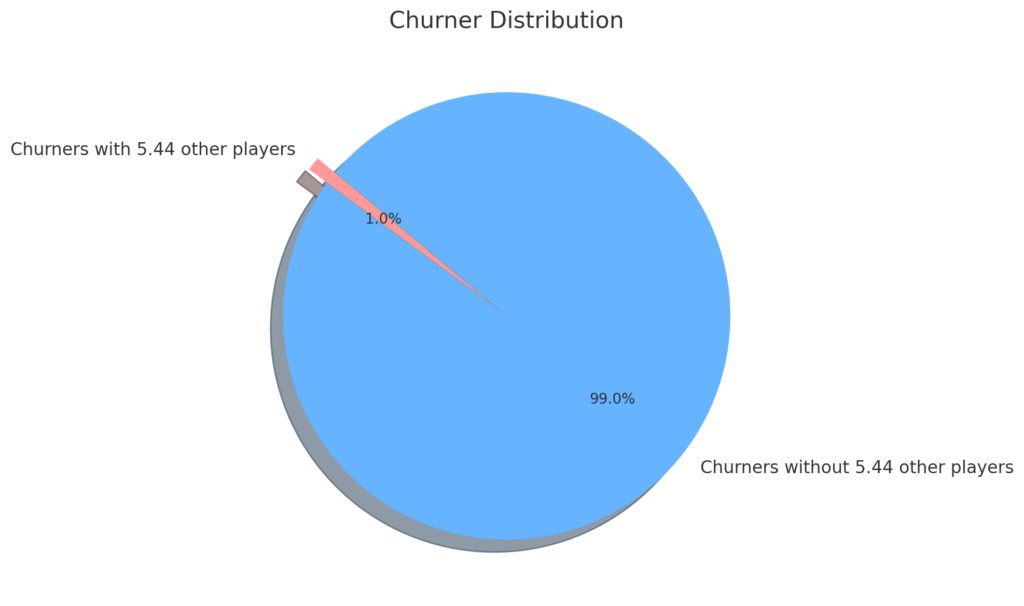Introduction
One of the most click-baitey articles that travel bloggers write is: “What is [Airline] Status Worth? [Year] Edition”. I’m sick of seeing these articles, so I decided it was time to come up with the equivalent of the Drake equation, but for airline status because that’s apparently the best I can do with my life, and also it marks the first time that my astrophysics training has a real world application (except not really, see below).
Background
The Drake equation calculates the probability of finding alien life, provided that you’re willing to make a bunch of hand-wavey assumptions and then plug them into a formula. This, it turns out, is exactly what those “What is [Airline] Status Worth?” articles do too, except they calculate a dollar amount instead of probability.
So, in an attempt to make “the one airline status value formula to rule them all”, let’s, shall we say, go.
The Status Equation
\$V_{status} = n_{phone}
⋅RH+n_{UI}
⋅UI+BM+n_{FPS}
⋅FPS+n_{up}
⋅FU+BT+ANC+ SSWWhere:
- nphone = The number of times you’ll make a call to the airline
- RH = The value of reduced hold time
- nUI = The number of upgrade instruments you’ll earn and use
- UI = The value of an upgrade instrument
- BM = Bonus redeemable miles you’ll earn for holding status
- nFPS = The number of free priority assigned seats you’ll get
- FPS = The value of a free priority assigned seat
- nup = The number of times you’ll be upgraded
- FU = The value of a free upgrade (unironically abbreviated, I promise)
- BT = The value of your elite brag tags, you know, like this
- ANC = The value of ancillary benefits, like rental car status (that you probably already get from a credit card)
- SSW = The value of your increased sense of self worth for holding elite status
So, just like the drake up equation, make up a bunch of numbers for what could happen and you’ll come up with the dollar value of your status. For example, I decided that my AA Executive Platinum Status is worth $3,430, but that’s mostly because of SSW. Remove that, and it’s probably worth $500.
Have a nice Thursday friends!

What’s the additional value of being served in a Delta branded cup on an AA flight? Science still doesn’t know.






